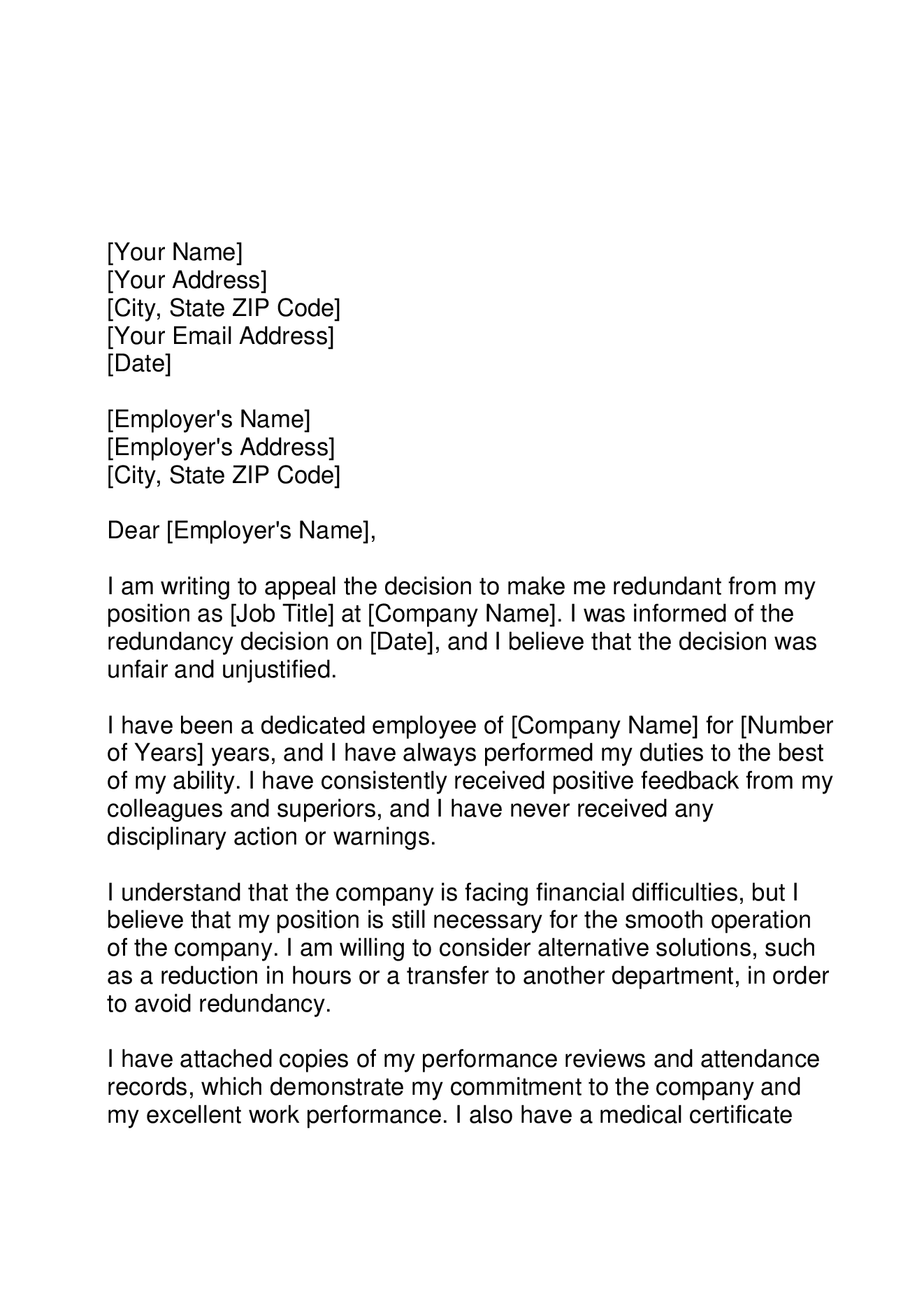Exploring the Operational Characteristics of Business Redundancy and Its Long-Term Sustainability

Redundancy Methods for Service Connection
In order to make sure undisturbed procedures, services need to execute reliable redundancy methods for company connection. Redundancy in this context describes the replication of important parts or features within a system to alleviate the effect of possible failures. By integrating redundancy techniques, organizations can boost their strength versus disruptions triggered by numerous aspects such as natural catastrophes, devices failings, or cyber-attacks.
One common redundancy strategy is the application of back-up systems and information storage remedies. This includes developing duplicates of essential information and systems that can be triggered in case of a main system failing. In addition, companies can establish repetitive communication networks and source of power to keep connectivity and procedures throughout unexpected events.
Additionally, cross-training staff members to carry out several duties within the business can work as a valuable redundancy technique. If crucial personnel are not available due to ailment or other reasons, this guarantees that necessary jobs can still be carried out even. On the whole, effective redundancy strategies are crucial for businesses to copyright operational continuity and minimize the impact of potential disturbances.
Influence of Redundancy on Business Strength
Given the critical role redundancy approaches play in ensuring company connection, exploring the influence of redundancy on organizational durability comes to be important for understanding the holistic operational dynamics of a company. Redundancy, when purposefully applied, can substantially add to enhancing an organization's resilience in the face of unanticipated difficulties.
Furthermore, redundancy can promote development and creativity within an organization as employees really feel equipped to take calculated threats, recognizing that there is a security internet to support them in case of failure. Overall, the influence of redundancy on business resilience is extensive, forming the long-lasting sustainability and success of a company.
Stabilizing Performance and Versatility in Redundancy
Accomplishing an unified balance between functional performance and flexible versatility is a pivotal difficulty in the tactical implementation of redundancy within organizations. Reliable operations are crucial for preserving productivity and cost-effectiveness, making certain that resources are utilized efficiently. Nonetheless, excessive emphasis on performance alone can result in strength, making it tough for organizations to adjust to unforeseen modifications or challenges. On the other hand, adaptability allows companies to react nimbly to developing scenarios, fostering advancement and resilience. Yet, as well much versatility without a solid functional structure can cause ineffectiveness and variance.
To stabilize performance and adaptability in redundancy planning, organizations should very carefully analyze their functional requirements, market characteristics, and critical objectives. Executing lean practices can improve performance by streamlining processes and eliminating waste, while fostering a culture of flexibility and continuous improvement can boost flexibility. Additionally, buying cross-training programs and robust interaction networks can aid grow a functional workforce with the ability of taking care of varied tasks throughout periods of shift. Ultimately, finding the right balance between efficiency and adaptability is critical for developing a sustainable and resistant organization when faced with uncertainty.
Long-Term Sustainability With Redundancy Preparation
To make certain enduring feasibility and security, companies need to tactically straighten their redundancy preparation with lasting sustainability objectives, therefore balancing operational effectiveness with adaptive flexibility. Firms must watch redundancy not as a reactive option to instant problems however as an aggressive strategy for long-lasting success.

Proactive Procedures for Lasting Company Procedures
Exactly how can firms proactively improve webpage their operational sustainability for lasting success? Carrying out aggressive actions is essential for business intending to ensure sustainable operations.
Additionally, fostering a web link culture of continuous improvement and understanding within the company can boost flexibility to changing market problems and client demands. Motivating worker participation in decision-making processes and supplying opportunities for expert advancement can boost spirits, efficiency, and overall efficiency. Developing clear objectives, keeping an eye on essential performance signs, and consistently reviewing development are important parts of positive sustainability management.
Teaming up with providers, customers, and various other stakeholders to promote lasting techniques throughout the supply chain can produce a causal sequence of positive effect - redundancy pay if company goes bust. By taking proactive steps in the direction of operational sustainability, firms can develop strength, drive innovation, and secure their long-lasting success in an ever-evolving business landscape
Final Thought

In the realm of business management, the strategic release of business redundancy stands as a pivotal yet detailed view it now practice that demands a delicate equilibrium between functional effectiveness and lasting feasibility. By exploring the operational characteristics that underpin business redundancy and reviewing its wider effects for business resilience and adaptability, a nuanced understanding of exactly how redundancy methods can shape the future trajectory of a company begins to unravel.Given the important role redundancy techniques play in guaranteeing service continuity, checking out the influence of redundancy on organizational durability becomes important for recognizing the holistic operational characteristics of a business. On the whole, the influence of redundancy on organizational durability is extensive, forming the long-term sustainability and success of a firm.
In conclusion, understanding the operational characteristics of firm redundancy is essential for making sure lasting sustainability.
Comments on “Your Rights to Redundancy If Company Goes Bust: UK Employee Protections”